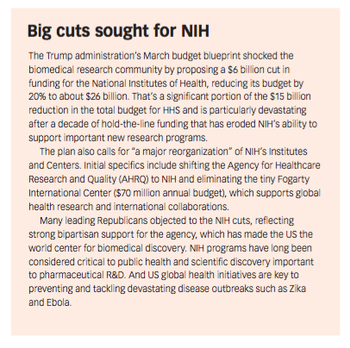
All News
Advertisement


Advertisement




Advertisement








Jill Wechsler outlines how the new FDA commissioner tasked with curbing regulation, speeding approvals-and collecting more fees to do it.

Click the title above to open the Pharmaceutical Executive April 2017 issue in an interactive PDF format.



March 28, 2017



March 20, 2017

March 15, 2017



Click the title above to open the Pharmaceutical Executive March 2017 issue in an interactive PDF format.

February 28, 2017

February 28, 2017

February 23, 2017

February 22, 2017
Advertisement
Advertisement
Trending on PharmExec
1
Brent Saunders: Eyeing New Horizons
2
TrumpRX Has a Blind Spot and It Can Redefine Patient Access
3
Lilly’s Retatrutide Displays Positive Topline Results in Successful Phase III Trial
4
FDA Approves Amgen's Uplizna for Generalized Myasthenia Gravis With Positive AChR or MuSK Antibodies
5
